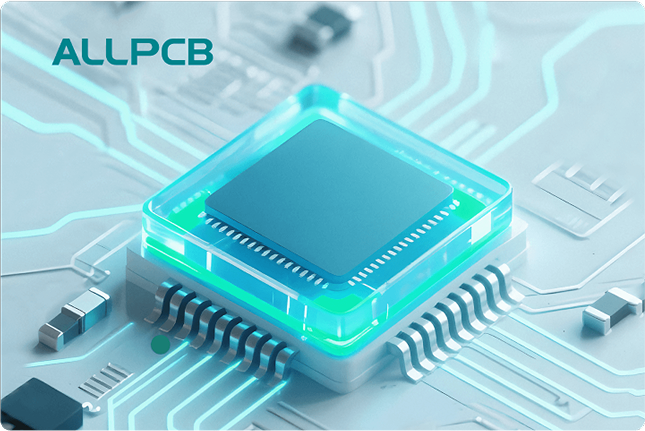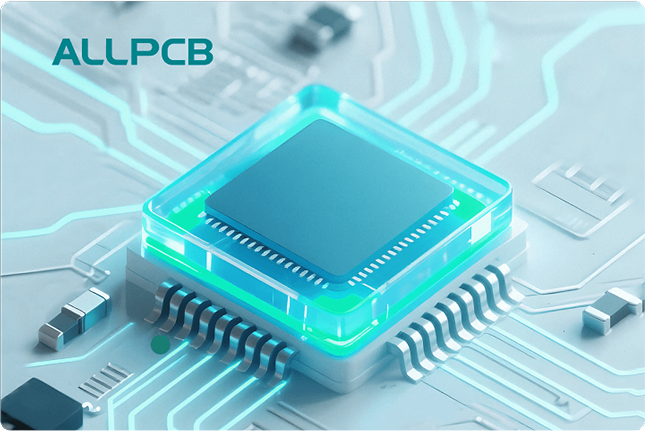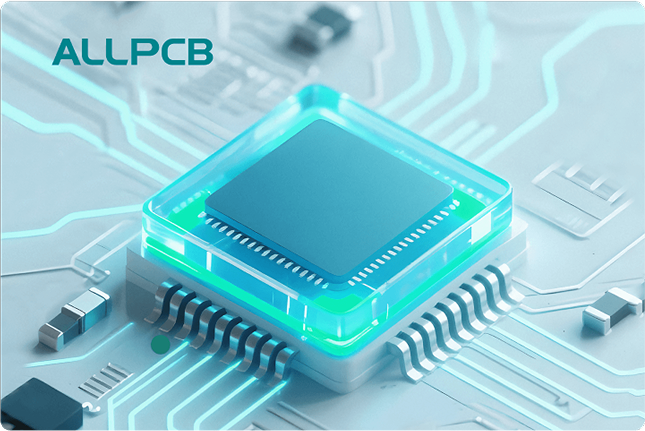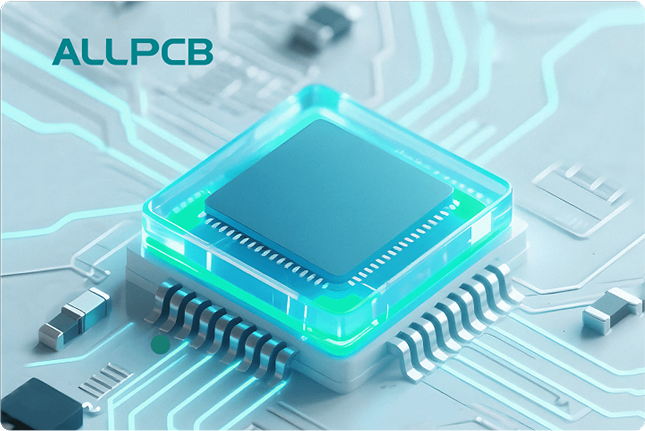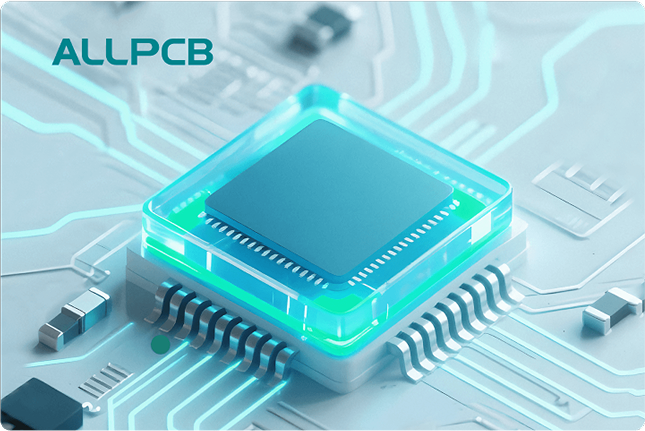When it comes to surface mount technology (SMT) assembly, choosing the right stencil for applying solder paste to printed circuit boards (PCBs) is critical for achieving precision and efficiency. Two popular methods for stencil manufacturing are laser-cut stencils and etched stencils. But which one is better for your project? In this comprehensive guide, we’ll dive into a detailed comparison of laser-cut and etched stencils, focusing on material options, manufacturing processes, performance, and cost. Whether you’re searching for “laser cut stencils,” “etched stencils,” or a “stencil manufacturing comparison,” this blog will help you make an informed decision for your SMT needs.
Quick Answer: Laser-Cut vs. Etched Stencils for SMT
In a nutshell, laser-cut stencils generally offer higher precision and smoother aperture walls, making them ideal for fine-pitch components and high-density PCB designs. They are typically made from stainless steel and are more durable. Etched stencils, often created through chemical processes, are more cost-effective for simpler designs but may lack the accuracy needed for modern, complex SMT applications. Material options for both types vary, with laser-cut stencils favoring high-quality metals and etched stencils sometimes using more affordable alloys. Let’s explore these differences in detail to help you choose the right stencil for your project.
What Are SMT Stencils and Why Do They Matter?
SMT stencils are thin sheets of metal with precisely cut openings, or apertures, that match the solder pads on a PCB. These stencils are used to deposit solder paste onto the board before components are placed and soldered. The quality of the stencil directly impacts the accuracy of solder paste application, which in turn affects the reliability and performance of the final assembly.
Choosing between laser-cut and etched stencils involves understanding their manufacturing processes, material options, and how they perform in real-world SMT applications. A poor-quality stencil can lead to issues like uneven solder deposits, bridging, or insufficient paste, all of which can cause assembly defects. With the growing demand for smaller components and tighter tolerances in electronics, selecting the right stencil is more important than ever.
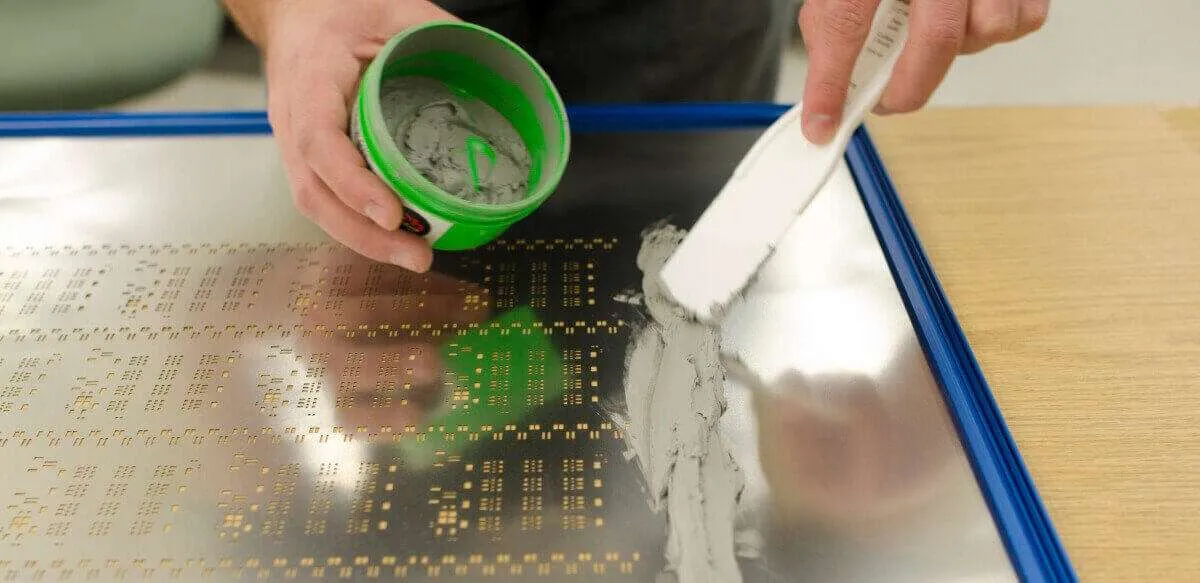
Understanding Laser-Cut Stencils
How Are Laser-Cut Stencils Made?
Laser-cut stencils are manufactured using a high-precision laser to cut apertures into a metal sheet, typically stainless steel. The laser beam is controlled by computer software, ensuring exact dimensions and clean edges. This method allows for intricate designs and tight tolerances, often down to 0.1 mm or less, which is crucial for fine-pitch components like 0201 or 01005 packages.
Material Options for Laser-Cut Stencils
When exploring “laser cut stencil material options,” stainless steel is the most common choice due to its durability, resistance to wear, and ability to maintain precise aperture shapes over repeated use. Some advanced laser-cut stencils use nickel-plated stainless steel to further enhance durability and reduce solder paste adhesion. The thickness of the material usually ranges from 0.08 mm to 0.2 mm, depending on the component pitch and paste volume requirements.
- Stainless Steel: High strength, corrosion-resistant, ideal for long-term use.
- Nickel-Plated Steel: Reduces wear and improves release properties for solder paste.
Advantages of Laser-Cut Stencils
Laser-cut stencils are widely favored in modern SMT assembly for several reasons:
- Precision: Apertures can be cut with tolerances as tight as ±0.005 mm, ensuring accurate solder paste deposition.
- Smooth Walls: The laser process creates smooth aperture walls, reducing the risk of paste clogging and improving paste release.
- Durability: Materials like stainless steel withstand thousands of print cycles without deforming.
- Speed: Laser cutting is a fast process, often allowing for same-day production of custom stencils.
Limitations of Laser-Cut Stencils
While laser-cut stencils excel in many areas, they do have some drawbacks:
- Cost: The initial cost is higher compared to etched stencils, especially for small runs or prototypes.
- Material Constraints: Laser cutting works best with certain metals, limiting material flexibility in some cases.

Understanding Etched Stencils
How Are Etched Stencils Made?
Etched stencils are produced through a chemical etching process. A photoresist layer is applied to a metal sheet, and a pattern is exposed onto it using a photomask. The exposed areas are then chemically dissolved, creating the apertures. This method is often referred to as chemical milling and has been used for stencil manufacturing for decades.
Material Options for Etched Stencils
For those researching “etched stencil materials,” the options are slightly broader than for laser-cut stencils. Common materials include:
- Stainless Steel: Similar to laser-cut stencils, it’s durable but may not hold up as well under repeated chemical exposure during manufacturing.
- Brass: A softer, more affordable metal, though less durable and prone to wear over time.
- Beryllium Copper: Offers good conductivity and flexibility but is less common due to cost and health concerns during processing.
Etched stencil thickness typically ranges from 0.1 mm to 0.25 mm, depending on the application. Thicker materials can be harder to etch precisely, which may limit their use in fine-pitch designs.
Advantages of Etched Stencils
Etched stencils remain a popular choice for certain SMT projects due to their unique benefits:
- Cost-Effective: The etching process is generally cheaper, especially for low-volume or prototype runs.
- Material Variety: Etching can be performed on a wider range of metals, offering flexibility in material selection.
- Suitable for Simpler Designs: For PCBs with larger components and wider pitches, etched stencils perform adequately at a lower cost.
Limitations of Etched Stencils
Despite their affordability, etched stencils have notable downsides:
- Lower Precision: Chemical etching can result in uneven aperture walls and less accurate openings, with tolerances often around ±0.01 mm or worse.
- Rough Edges: The etching process can leave rough or tapered walls, leading to inconsistent solder paste release.
- Durability Issues: Materials like brass wear out faster, reducing the stencil’s lifespan to a few hundred prints in some cases.
Stencil Manufacturing Comparison: Laser-Cut vs. Etched
Now that we’ve covered the basics of both types, let’s dive into a head-to-head “stencil manufacturing comparison” to help you decide which is best for your SMT project. We’ll evaluate them based on key factors like precision, cost, durability, and suitability for different applications.
Precision and Performance
Laser-cut stencils are the clear winner when it comes to precision. Their ability to achieve tolerances of ±0.005 mm makes them ideal for fine-pitch components (below 0.5 mm) and high-density PCB layouts. The smooth aperture walls also ensure consistent solder paste transfer, reducing defects like bridging or insufficient paste.
Etched stencils, on the other hand, struggle with fine-pitch designs due to their wider tolerance range of ±0.01 mm or more. The rougher walls can trap solder paste, leading to uneven deposits. They are better suited for larger components with pitches above 0.8 mm, where extreme precision isn’t as critical.
Cost Considerations
Cost is a major factor for many engineers and manufacturers. Etched stencils are typically 20-30% cheaper than laser-cut stencils for small runs or simpler designs. However, for high-volume production or complex PCBs, the durability and precision of laser-cut stencils often justify the higher upfront cost, as they reduce rework and defect rates.
Durability and Lifespan
Laser-cut stencils, especially those made from high-grade stainless steel, can handle 5,000 to 10,000 print cycles without significant wear. Etched stencils, particularly those made from softer materials like brass, may only last 500 to 1,000 cycles before apertures start to deform or wear out. If longevity is a priority, laser-cut stencils are the better investment.
Suitability for SMT Applications
For modern SMT applications involving tiny components like 01005 packages or ball grid arrays (BGAs), laser-cut stencils are almost always the preferred choice. Their precision and smooth apertures ensure reliable solder paste application, even in tight spaces. Etched stencils can still be useful for prototyping or less demanding projects with larger components, where cost savings are more important than precision.
Choosing the Right Stencil for Your SMT Project
Deciding between laser-cut and etched stencils depends on your specific needs and constraints. Here are some guidelines to help you choose:
- Opt for Laser-Cut Stencils If: You’re working on high-density PCBs, fine-pitch components, or high-volume production runs where precision and durability are critical.
- Opt for Etched Stencils If: You’re in the early stages of prototyping, working with larger components, or operating on a tight budget where initial cost savings are a priority.
Additionally, consider the material options. Stainless steel is a safe bet for both types due to its durability, but if you’re using etched stencils for a short-term project, a cheaper material like brass might suffice.
Conclusion: Making an Informed Decision for SMT Stencil Manufacturing
Both laser-cut and etched stencils have their place in SMT assembly, but they cater to different needs. Laser-cut stencils stand out for their unmatched precision, smooth apertures, and long lifespan, making them ideal for complex, high-volume projects. Etched stencils offer a budget-friendly alternative for simpler designs or prototypes, though they fall short in accuracy and durability.
By understanding the material options and manufacturing processes behind “laser cut stencils” and “etched stencils,” you can select the right tool for your SMT project. Whether you prioritize precision with laser-cut stencil material options like stainless steel or seek cost savings with etched stencil materials like brass, the key is aligning your choice with your project’s specific requirements.
At ALLPCB, we’re committed to supporting your SMT assembly needs with high-quality solutions tailored to your specifications. Explore our offerings to find the perfect stencil manufacturing approach for your next PCB project.
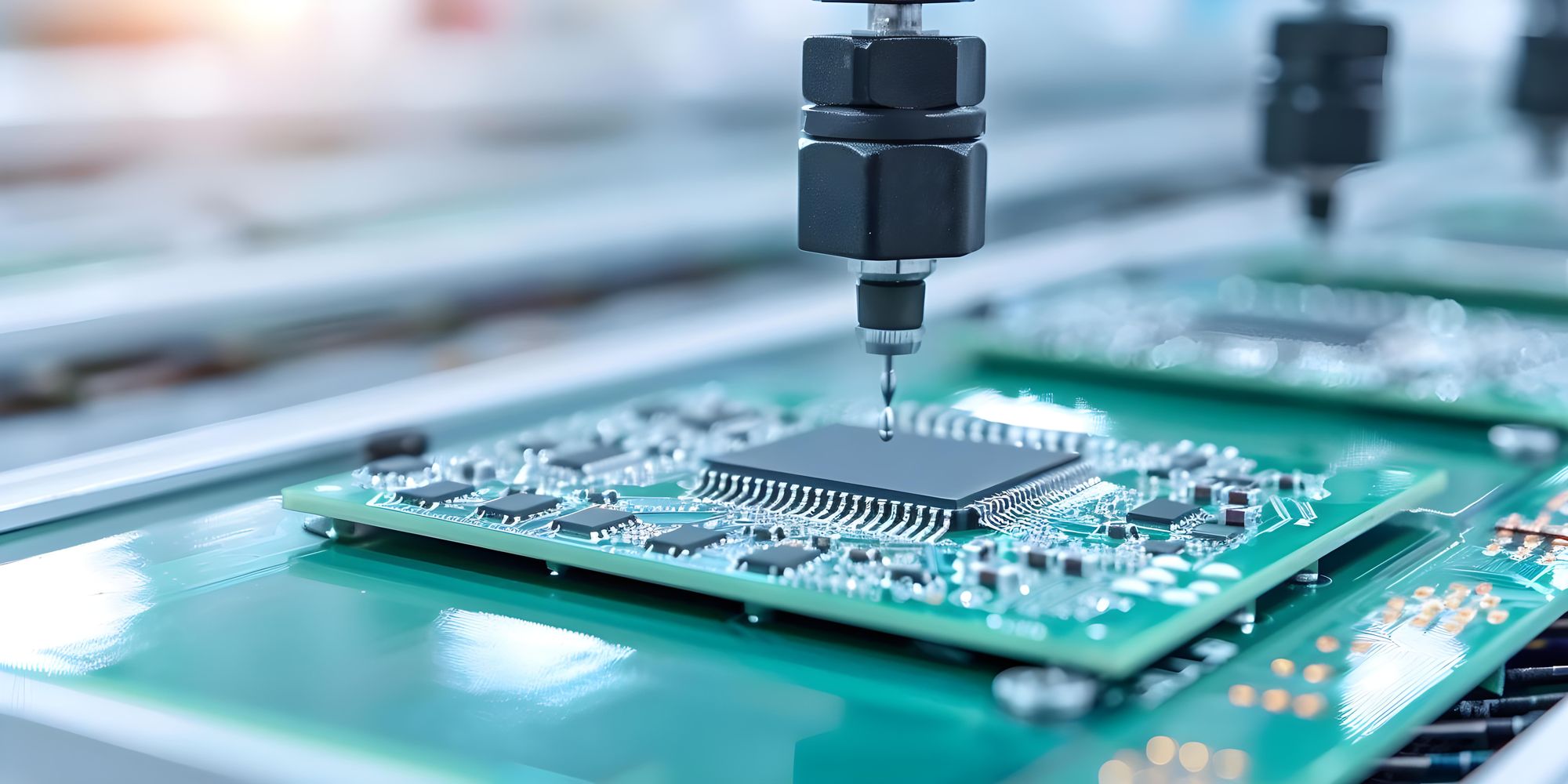
 ALLPCB
ALLPCB


